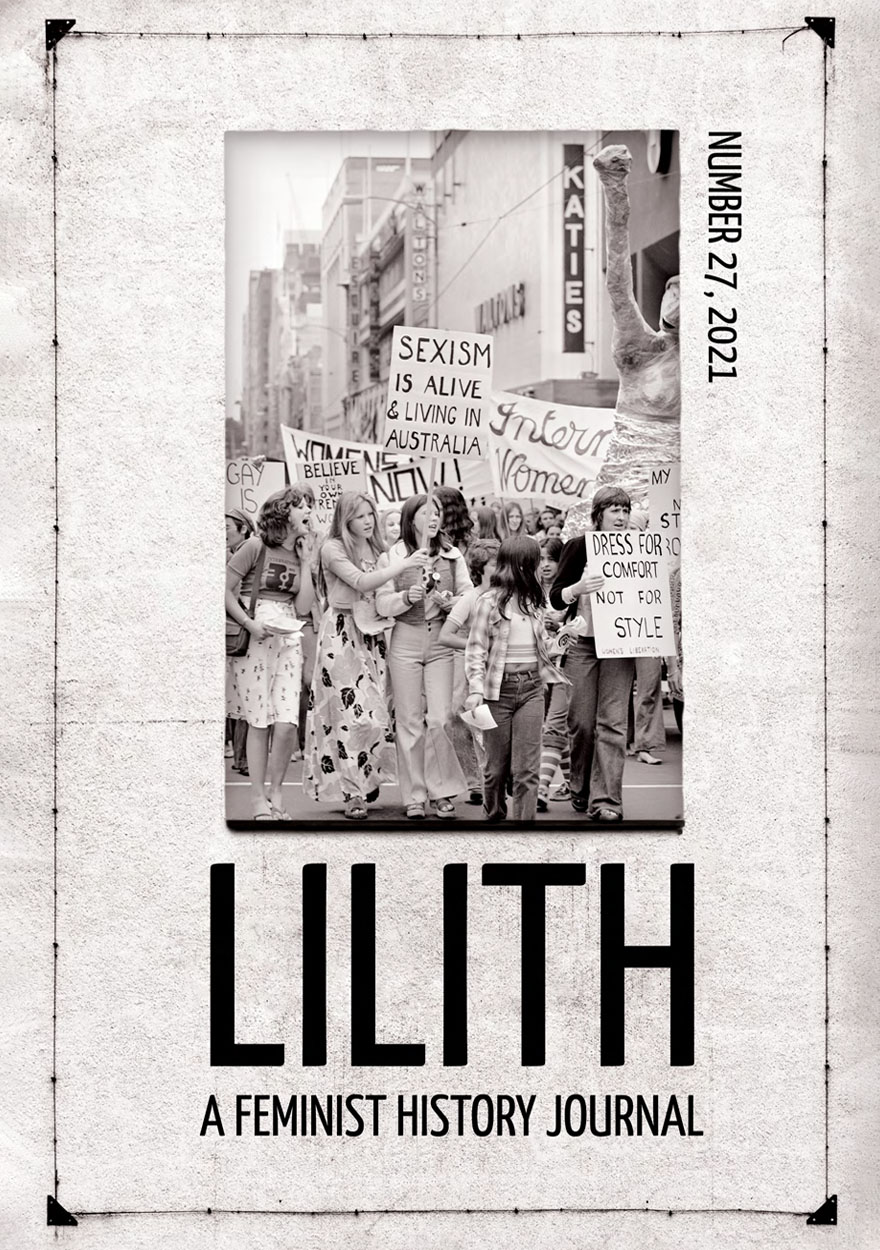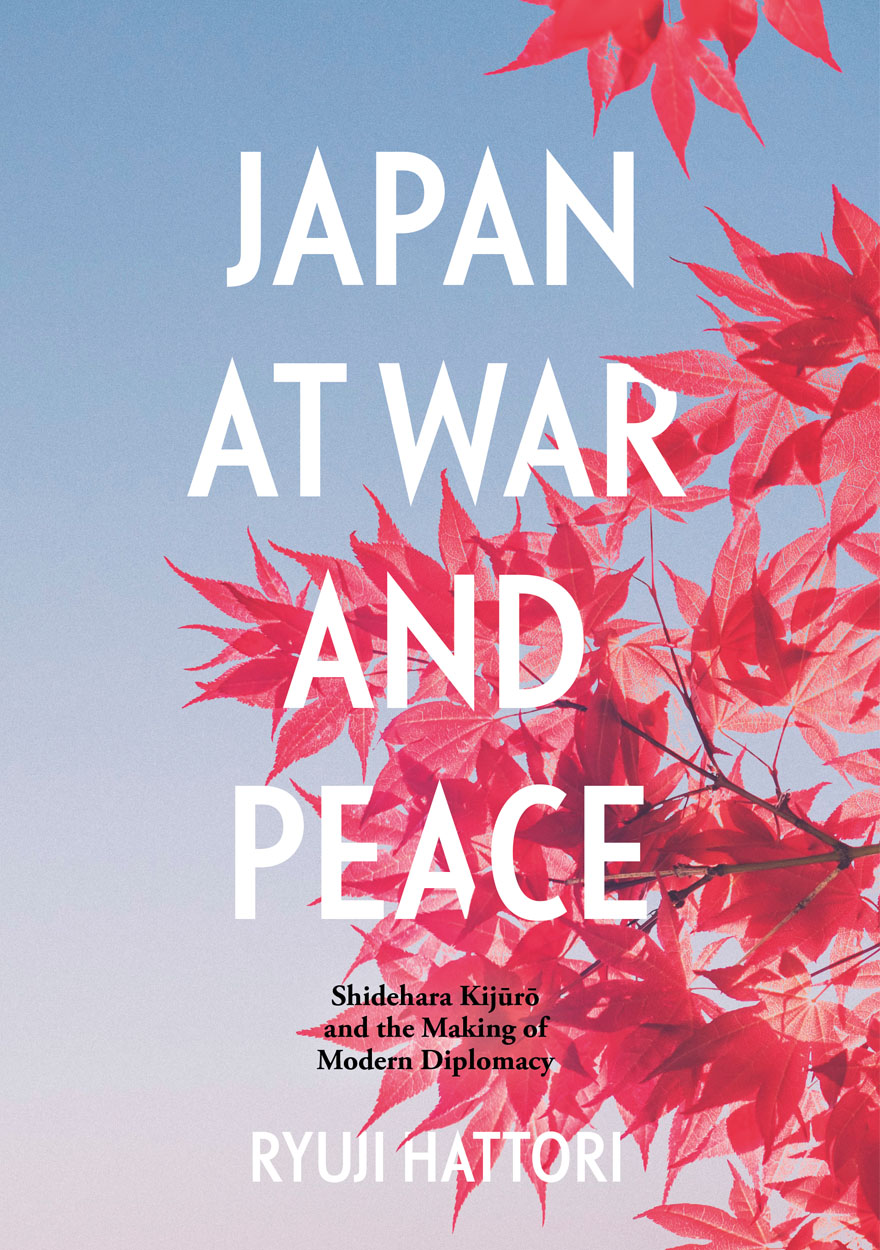Search titles
Displaying results 51 to 60 of 370.

Mobilising the Masses »
Populist Conservative Movements in Australia and New Zealand During the Great Depression
Authored by: Matthew Cunningham
Publication date: April 2022
The radical right has gained considerable ground in the twenty-first century. From Brexit to Bolsonaro and Tea Partiers to Trump, many of these diverse manifestations of right-wing populism share a desire to co‑opt or supplant the mainstream parties that have traditionally held sway over the centre right. It is now more important than ever to understand similar moments in Australian and New Zealand history.
This book concerns one such moment—the Great Depression—and the explosion of large, populist conservative groups that accompanied the crisis. These ‘citizens’ movements’, as they described themselves, sprang into being virtually overnight and amassed a combined membership in the hundreds of thousands. They staunchly opposed party politicians and political parties for their supposed inaction and infighting. Whether left or right, it did not matter. They wanted to use their vast numbers to pressure their governments into enacting proposals they believed were in the national interest: a smaller, more streamlined government where Members of Parliament were free to act according to their conscience rather than their party allegiance. At the same time, the movements prescribed antidotes for their nations’ economic ill‑health that were often radical and occasionally anti-democratic.
At the height of their power, they threatened to disrupt or outright replace the centre right political parties of the time—particularly in Australia. At a time when fascism and right-wing authoritarianism were on the march internationally, the future shape of conservative politics was at stake.

Archaeological Perspectives on Conflict and Warfare in Australia and the Pacific »
Edited by: Geoffrey Clark, Mirani Litster
Publication date: March 2022
When James Boswell famously lamented the irrationality of war in 1777, he noted the universality of conflict across history and across space – even reaching what he described as the gentle and benign southern ocean nations. This volume discusses archaeological evidence of conflict from those southern oceans, from Palau and Guam, to Australia, Vanuatu and Tonga, the Marquesas, Easter Island and New Zealand. The evidence for conflict and warfare encompasses defensive earthworks on Palau, fortifications on Tonga, and intricate pa sites in New Zealand. It reports evidence of reciprocal sacrifice to appease deities in several island nations, and skirmishes and smaller scale conflicts, including in Easter Island. This volume traces aspects of colonial-era conflict in Australia and frontier battles in Vanuatu, and discusses depictions of World War II materiel in the rock art of Arnhem Land. Among the causes and motives discussed in these papers are pressure on resources, the ebb and flow of significant climate events, and the significant association of conflict with culture contact. The volume, necessarily selective, eclectic and wide-ranging, includes an incisive introduction that situates the evidence persuasively in the broader scholarship addressing the history of human warfare.

Georges River Blues »
Swamps, Mangroves and Resident Action, 1945–1980
Authored by: Heather Goodall
Publication date: February 2022
The lower Georges River, on Dharawal and Dharug lands, was a place of fishing grounds, swimming holes and picnics in the early twentieth century. But this all changed after World War II, when rapidly expanding industry and increasing population fell heaviest on this river, polluting its waters and destroying its bush.
Local people campaigned to defend their river. They battled municipal councils, who were themselves struggling against an explosion of garbage as population and economy changed. In these blues (an Australian term for conflict), it was mangroves and swamps that became the focus of the fight. Mangroves were expanding because of increasing pollution and early climate change. Councils wanted to solve their garbage problems by bulldozing mangroves and bushland, dumping garbage and, eventually, building playing fields. So they attacked mangroves as useless swamps that harboured disease. Residents defended mangroves by mobilising ecological science to show that these plants nurtured immature fish and protected the river’s health.
These suburban resident action campaigns have been ignored by histories of the Australian environmental movement, which have instead focused on campaigns to save distant ‘wilderness’ or inner-city built environments. The Georges River environmental conflicts may have been less theatrical, but they were fought out just as bitterly. And local Georges River campaigners – men, women and often children – were just as tenacious. They struggled to ‘keep bushland in our suburbs’, laying the foundation for today’s widespread urban environmental consciousness.
Cover: Ruth Staples was a courageous Georges River campaigner who lived all her life around Lime Kiln Bay at Oatley West. She kept on fighting to regenerate the river until her death, aged 90, in 2020.

Honouring a Nation »
A History of Australia's Honours System
Authored by: Karen Fox
Publication date: January 2022
The first detailed history of imperial and national honours in Australia, Honouring a Nation tells the story of the honours system’s transformation from instrument of imperial unity to national institution.
From the extension of British honours to colonial Australasia in the nineteenth century, through to Tony Abbott’s revival of knighthoods in the twenty-first, this book explains how the system has worked, traces the arguments of its supporters and critics, and looks both at those who received awards and those who declined them. Honouring a Nation brings to life a long history of debate over honours, including wrangles over State rights, gender imbalances in honours lists, and the emergence and hardening of the Labor/Liberal divide over British awards, illuminating issues that are still part of Australian life—and of the honours system—today. The history of the honours system is equally the history of the nation, revealing who Australians were, what they have become, what they value, and the things that have unified and divided them.
‘National honours are a fraught recognition of merit. They beg many questions: who decides, why some people are recognised, and others ignored. Honours provide a window to the soul of the nation and invite us to consider who we really are and what we value. These are big issues to ponder. Karen Fox provides many of the answers in this timely, lively and important book.’
— Julianne Schultz AM FAHA, Emeritus Professor Media and Culture, Griffith University
‘Give Karen Fox a gong: for distinguished service to Australian culture in recognition of her authoritative yet entertaining account of how a supposedly egalitarian country embraced knighthoods, OAs and other baubles.’
— Richard White, Associate Professor at the University of Sydney and author of Inventing Australia
‘Karen Fox has written an intelligent, incisive and intriguing account of how Australians have acknowledged and elevated their fellow citizens, from the founding of the first colony to the present day … a work packed with insights about the ever-shifting determinants of social hierarchy, individual merit and public esteem … a thoroughly stimulating read.’
— Stuart Ward, Head of the Saxo Institute, University of Copenhagen
‘At last, a definitive account of the Australian honours system, from the First Fleet to 2021. Honours serve as a prism through which to view imperial strategies, federal rivalries and partisan, class-based and gender politics, with many scandals and controversies along the way. Karen Fox has given us a book that is both topical and compelling on evolving national identity and honours as a symbol of exclusion or inclusion.’
— Marian Sawer AO, Emeritus Professor, The Australian National University

A Genealogy of Bamboo Diplomacy »
The Politics of Thai Détente with Russia and China
Authored by: Jittipat Poonkham
Publication date: January 2022
In 1975, M.R. Kurkrit Pramoj met Mao Zedong, marking the eventual establishment of diplomatic relations and a discursive rupture with the previous narrative of Communist powers as an existential threat. This book critically interrogates the birth of bamboo (bending with the wind) diplomacy and the politics of Thai détente with Russia and China in the long 1970s (1968–80).
By 1968, Thailand was encountering discursive anxiety amid the prospect of American retrenchment from the Indo-Pacific region. As such, Thailand developed a new discourse of détente to make sense of the rapidly changing world politics and replace the hegemonic discourse of anticommunism. By doing so, it created a political struggle between the old and new discourses.
Jittipat Poonkham also argues that bamboo diplomacy – previously seen as a classic and continual ‘tradition’ of Thai-style diplomacy – had its origins in Thai détente and has become the metanarrative of Thai diplomacy since then. Based on a genealogical approach and multi‑archival research, this book examines three key episodes of Thai détente: Thanat Khoman (1968–71), M.R. Kukrit Pramoj (1975–76), and General Kriangsak Chomanan (1977–80). This transformation was represented in numerous diplomatic/discursive practices, such as ping‑pong diplomacy, petro‑diplomacy, trade and cultural diplomacy, and normal visits.

Lilith: A Feminist History Journal: Number 27 »
Publication date: December 2021
This year’s issue covers a rich variety of topics in feminist history, including: the role of place and space in feminist and lesbian identity-making in 1970s’ Melbourne; a decolonising approach to writing the history of women and children in Alice Springs; the importance of recipe exchange in kinship networks in seventeenth-century Ireland; an examination of the life of twentieth-century poet’s muse Katie Anna Lush; the political theatre employed by the Australian Women’s Movement Against Socialism in the 1940s; the targeting of wine advertisements at Australian women in the 1950s and 1960s; and an exploration of the processes of power within natural history societies in nineteenth-century South Australia. There are also two articles that form a special section on the topic of the female frame, one on the role of uniforms for women workers in the transport industry, and the other comparing archetypes of the infanticidal mother in fin-de-siècle Australian and France.
Download for free
Not available for purchase

Japan at War and Peace »
Shidehara Kijūrō and the Making of Modern Diplomacy
Authored by: Ryuji Hattori
Publication date: December 2021
The question of how to maintain the continuity of diplomacy while developing democracy without military intervention is an old and new issue. The challenge can be described as a dilemma between democracy and diplomatic coherence. This dilemma is not unique to the twenty-first century; it has been a constant challenge to the development of democracy. In non-Western countries, democratisation originated in the nineteenth century and has had many successes and failures. After the Russo-Japanese War, political parties began to take power in Japan.
The best embodiment of diplomacy in Japan’s emerging democracy—the development of parliamentary democracy and mass-based democracy—is Shidehara Kijūrō (1872–1951), who served as foreign minister from 1924 to 1927 and from 1929 to 1931, and was prime minister from 1945 to 1946. As a diplomat from the Ministry of Foreign Affairs, Shidehara had long grappled with the issue of how to ensure diplomatic coherence in modern Japan, which was becoming increasingly democratic. Although Shidehara succeeded to some extent in promoting diplomacy in cooperation with the US and the UK under party politics, the rise of the military after the Manchurian Incident forced him to retire for a period. However, after the Pacific War, Shidehara became prime minister of the US-occupied Japan and attempted to restore cooperative diplomacy under party politics. Shidehara came to the conclusion that the way to achieve both democracy and diplomatic coherence was through nonpartisan diplomacy towards peace.
This book examines the tension between diplomacy and democracy, focusing on Shidehara’s life and exploring modern Japan’s footsteps. Shidehara was undoubtedly one of Japan’s most important diplomatic figures.

Fighting Australia’s Cold War »
The Nexus of Strategy and Operations in a Multipolar Asia, 1945–1965
Edited by: Peter Dean, Tristan Moss
Publication date: 2021
In the first two decades of the Cold War, Australia fought in three conflicts and prepared to fight in a possible wider conflagration in Southeast Asia and the Pacific. In Korea, Malaya and Borneo, Australian forces encountered new types of warfare, integrated new equipment and ideas, and were part of the longest continual overseas deployments in Australia’s history. Working closely with its allies, Australia also trained for a large conventional war in Southeast Asia, while a significant percentage of the defence force guarded the Papua New Guinea–Indonesian border. At home, the Defence organisation grappled with new threats and military expansion, while the Australian Security Intelligence Organisation defended the nation from domestic and foreign threats. This book examines this crucial part of Australia’s security history, so often overlooked as merely a precursor to the Vietnam War. It addresses key questions such as how did Australia achieve its security goals at home and in the region in this new Cold War environment? What were the experiences of the services, units and individuals serving in Southeast Asia? How did this period shape Australia’s defence for years to come?

International Review of Environmental History: Volume 7, Issue 2, 2021 »
Edited by: James Beattie
Publication date: November 2021
The second issue of International Review of Environmental History for 2021 features contributions on limpets and global environmental history, US bird conservation, soyabean agriculture in South America, settler environmental change in Aotearoa New Zealand, woodlands, communities and ecologies in Australia, and irrigation and agriculture in Australia.
Download for free
Not available for purchase

The Genesis of a Policy »
Defining and Defending Australia's National Interest in the Asia-Pacific, 1921–57
Authored by: Honae Cuffe
Publication date: November 2021
The years 1921–57 marked a period of immense upheaval for Australia as the nation navigated economic crises, the threat of aggressive Japanese expansion and shifting power distributions with the world transitioning from British leadership to that of the US. This book offers a reassessment of Australia’s foreign policy origins and maturation during these tumultuous years. Successive Australian governments carefully observed these global and regional forces. The policy that developed in response was an integrated one—that is, one that sought to balance Australia’s particular geopolitical circumstances with great power relationships and, in assessing the value of these relationships, ensure that the nation’s trade, security and diplomatic interests were served.
Amid the economic and strategic uncertainty of the interwar years, the Australian government acknowledged the shifting power distributions in the global and Asia-Pacific orders and that neither the policies of Britain nor the US completely served the national interest. The nation, accordingly, sought to intervene within the policies of the great powers to ensure its particular interests were secured. This geopolitically informed, interventionist approach, which had its genesis in the 1930s, is traced throughout the 1940s and 1950s, highlighting Australia’s gradual and uneven transition from the British world order to that of the US and the frank assessments made about which relationship best served Australia’s interests.
The Genesis of a Policy identifies a comprehensive and pragmatic approach—albeit not always effectively executed—in Australian foreign policy tradition that has not been previously examined.



